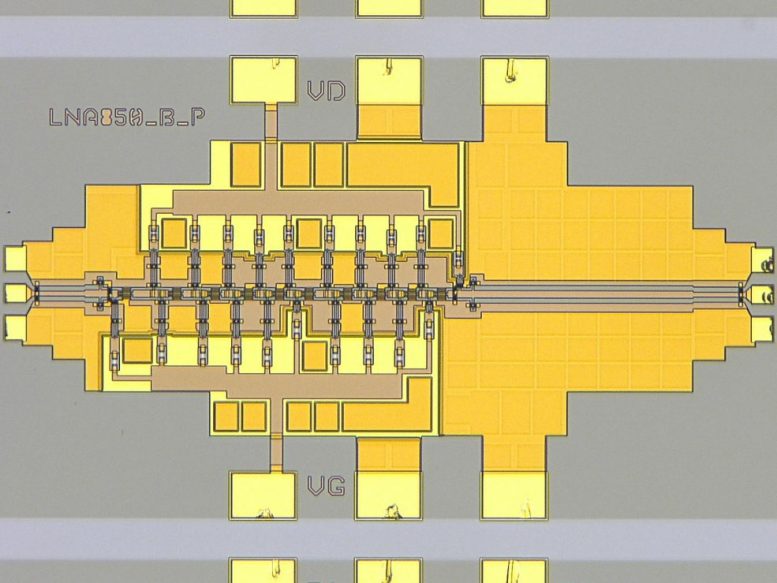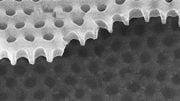Scientists at the Defense Advanced Research Projects Agency have created the world’s first solid-state receiver to demonstrate gain at 0.85 terahertz (THz).
In the latest breakthrough in DARPA’s THz Electronics program quest for transistor-based electronics that will enable electronic capabilities at THz frequencies, DARPA researchers have created the world’s first solid state receiver to demonstrate gain at 0.85 terahertz (THz). This represents progress toward the second major technical milestone on the way to 1.03 THz integrated circuits. Previous milestones included demonstrations at 0.67 THz. Operating at these high frequencies enables a host of DoD electronics capabilities such as advanced communication and sensor systems.
“Realizing circuits at 0.85 THz is a remarkable achievement for the program and is the latest success from a long-term investment in frequency-scaled RF transistors,” explained John Albrecht, DARPA program manager. “The ability to coherently process signals at 0.85 THz provides a means to generate and radiate the high-frequency signals needed for applications such as DARPA’s Video Synthetic Aperture Radar (ViSAR) program. VISAR seeks to develop and demonstrate a targeting sensor that operates through clouds as effectively as today’s infrared (IR) sensors operate in clear weather. This revolutionary advance would give U.S. warfighters an advantage in an especially challenging portion of the RF spectrum.”










Be the first to comment on "DARPA Creates First Solid State Receiver to Demonstrate Gain at 0.85 THz"